GENERATION-TRANSMISSON-AND DISTRIBUTION IN NIGERIA (HOW ELECTRIC POWER REACHES NIGERIAN HOMES)
Although civilization has brought about various means and technique via which high voltage electric power is produced, transmitted and distributed for domestic use, there are even various means of direct generation of electric power for private uses and purposes (solar, wind etc.), however there is a prominent method of bulk generation and transmission of electricity in Nigeria. This post, therefore, seeks to give a simplified explanation on the methodology via which electricity creation, transmission, and distribution is achieved in the country.

Elecrtricity in your homes: Image under CCO licence from pixabay
As earlier stated, the main means through which electricity is being generated, transmitted and distributed in the country is divided into three subsections.
- Generation phase
- Transmission phase
- Distribution phase
MAKING THINGS SIMPLER.
The fact that electricity is a fast moving stream of charge which cannot be seen and must not be touched doesn’t mean it cannot be understood. Just the same way the phenomenon of gravity though intangible is studied and its influence is felt, electricity shouldn’t be approached otherwise.
Someone once said to me when I was very young, “if you understand the work of a plumber, you would understand the concept of electricity”. I was unsure of what he was trying to imply, “what exactly was the connection between plumbing and flow of electricity?” I thought. So let us consider a water system, after water is generated from naturally existing sources, it is useless until it passes through certain channels (pipes) to our homes for usage. So therefore after electricity has been generated by whatever means it has to pass through various channels (conductors) in order to get to our houses.
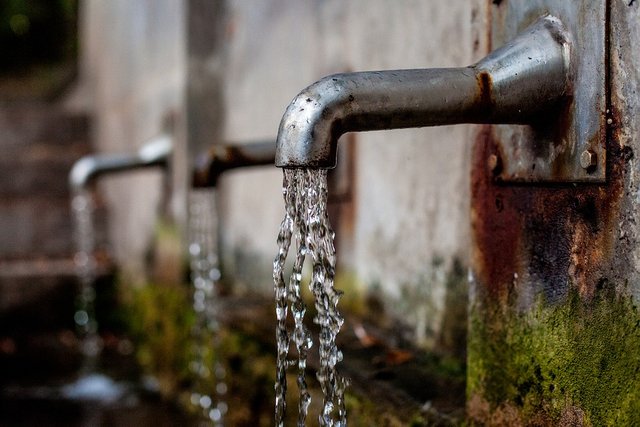
image gotten from pixabay under CCO licence
In addition, even as there are various sizes and nature of pipes to carry water from one place to another depending on the volume of water being carried, so also there are different sizes and nature being used in an electrical grid system for the purpose of carrying current of different current densities. I know we are smart enough to continue the thread so when water is generated, it has to be transmitted to a central tank in different regions of the city, and from those central tanks it is dispensed on a local basis using even smaller pipes to homes and houses for domestic usage.
GENERATION OF POWER
Take for instance we have a tank containing water sited on a high altitude. When the tap connected to it is opened, water flows. This is owing to the difference in height between the high altitude reservoir and the water control (tap) outlet which permits the water to flow. Replacing that high altitude reservoir as an electrical power generating station.
In Nigeria, that generating station is called the kanji dam. I know the word hydro-electric power is not strange to us but have you ever asked yourself how this water in the dam is used to generate power.
Electricity basically is generated when a magnetic field is in rotary motion around a coill. Simple right? Faraday discovered that electromagnetic force is generated when a magnetic flux (current) is varied around a coil.
- STEP 1: Get a permanent magnet
- STEP 2: Get a coil
- STEP 3: wind the the coil around the magnet.
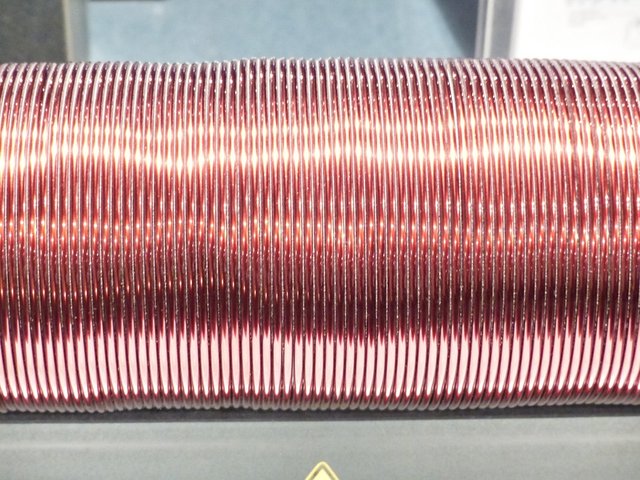 magnet wound around a coil by hans "pixabay
magnet wound around a coil by hans "pixabay
Kaboom there won’t be any electricity!!!
But Why?
Because it is not moving around the coil. So when you get it to move around the coil, the you will have electricity induced, this phenomenon was discovered by a man named Micheal Faraday (1820). The same is also used to achieve electricity on a large scale.
In Nigeria a very large magnetic field (blades) is varied (rotated) along a conductor by the use of turbines, to revolve this heavy blades, we need a the force of the turbine thereby generating large energy, the force generated by the turbine could be derived from
- The effect of steam or gases (Thermal power stations e.g. Egbiin thermal power station in Nigeria)
- Wind speed
- And ultimately falling or high volumetric flowing rate of water in a dam (Kanji dam.)
This force rotates the blade of the magnet around the coils therefore generates electrical power in the power stations. This generating companies have now been privatized and they are called Gencos. The only arm of electricity services that is run by the government is the transmission sector which we would talk about in later posts.
TRANSMISSION
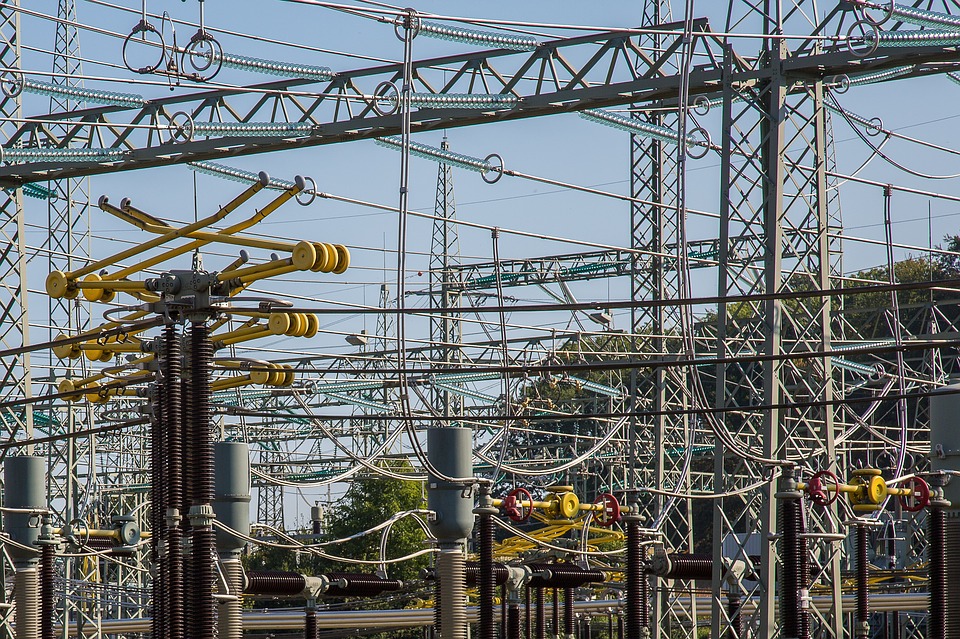 Transmission substation from pixbay
Transmission substation from pixbay
Talking about transmission of electricity in Nigeria, like I said earlier due to the sensitivity of the job of transmission, it is the only section of the power sector of Nigeria that was not privatized (owned by private company) we can call this sector the middle sector as there is no need to generate electricity if there is no means to transmit the generated electricity to the general public.
LETS MOVE
CONCEPT OF POWER
For Science oriented students in this community, you would agree with me that
POWER= VOLTAGE * CURRENT.
OR
POWER= VOLTAGE2 / RESISTANCE
OR
POWER= CURRENT2* RESISTANCE.
This is no complicated mathematics. Just to drive home the fact that
- what is being generated in a power station is power (Voltage and current travelling concurrently in the same or different phases).
- Travelling current dissipates much heat and leads to loss in power especially when travelling over long distances (resistance increases as distance does remember)
- Therefore, to achieve maximum power transmitted from the generation plant through the transmission lines, we need a higher voltage and a lower current all still leading up to the same Power output.
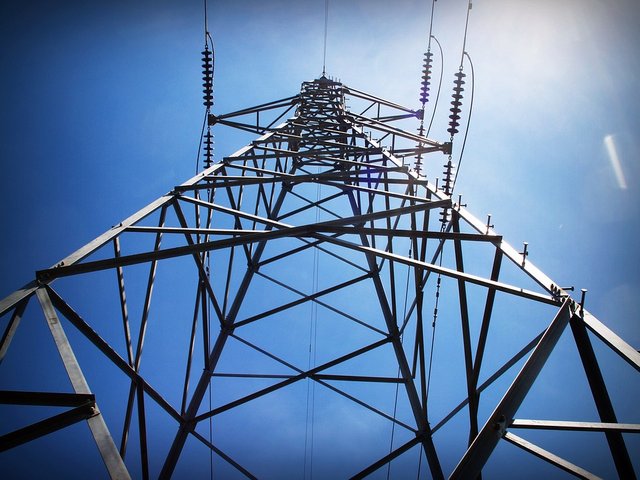 Transmission Tower; picture taken from pixabay under CCO license
Transmission Tower; picture taken from pixabay under CCO license
THE STEP UP TRANSFORMERS.
Generally Transformers alters the current/voltage entering into it by the principle of mutual inductance without compromising its power output. There are two types of transformers
- The step-up transformers
- The step-down transformers
The step-up Transformers majorly find application in the power generating stations to step up the incoming voltage (between 11.5Kva-16.5Kva) as the power generated is required to be transmitted over a long distance. The voltage therefore transmitted in Nigeria is stepped up to 330KV through transmission towers. The kind of towers used to carry the cables is used because of the size of the wire and the long distance the wire is carried through (You know what if there is a fault in any one of those lines, lots of cities would undergo blackout and only high tech officials are used in rectifying such faults via copters)
THE TRANSMISSION SUBSTATION (STEP-DOWN TRANSFORMERS)
As said earlier, from the power generation plant, the voltage transmitted is 330kv. This voltage passes through long distances and gets to another transmission substation where we have step down transformers which would step down the transmitted voltage into 132KV and is carried again through transmission towers through transmission cables (highly galvanized) to injection substations where we have its voltage brought down to 33KV. It is at this point that distribution of electricity starts.
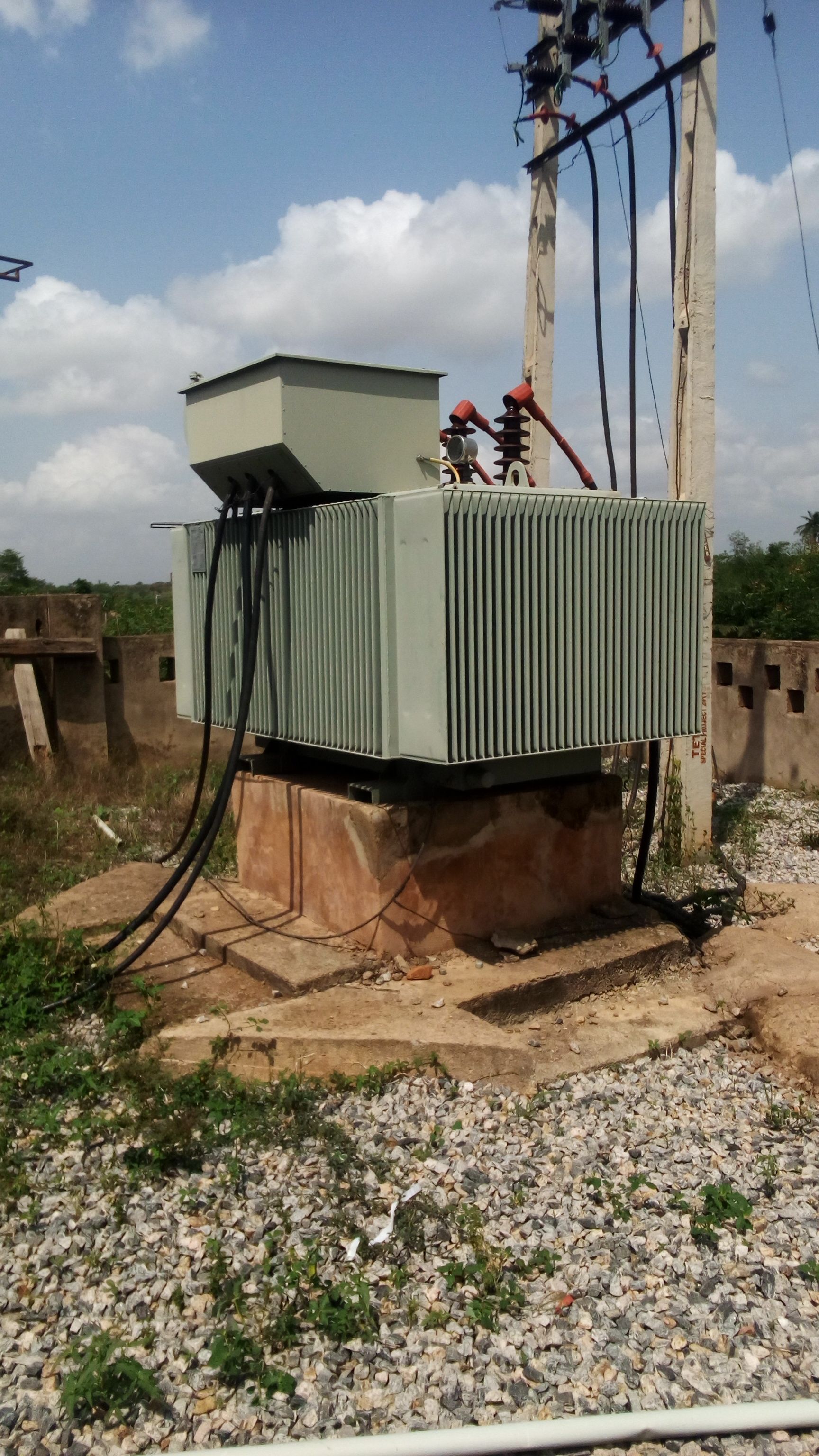 2.5Mva 33KVA/11KVA Step down transformer: picture taken by me
2.5Mva 33KVA/11KVA Step down transformer: picture taken by me
DISTRIBUTION OF ELECTRICITY
Having considered generation and transmission of electricity, we will now go even further to consider distribution of electricity from the injection substations to our homes.
In Nigeria, the system of electrical energy for domestic usage is 230 Line volts an 50Hz frequency, this is the rated voltage on all domestic appliance in Nigeria. If you check the back of most of your appliance, it is indicated therein that the rated voltage required is 230 volts.
Electricity in Nigeria is distributed from the injection substations that gives an output voltage of 33KVA to other transformers that either step it down to 11KV or steps it down to a phase voltage 415V. the line and phase voltage are different in both nature and magnitude. Mathematically speaking the line voltage is given as;
VL = VPh * 31/2
Therefore to achieve this line voltage of 230V in our homes, the step down phase voltage must be 415V from the transformers in the injection substation.
References
For further reading please click on the following links
-How Does Power Generation/Transmission/Distribution Work?
-How electricity gets to you
-Electricity Generation and Distribution in Nigeria: Technical Issues and Solutions
I hope you enjoyed reading this post, i am writing this post as my first official stem related post, if you also write stem post, you might want to consider using the stem tag and interact with the community by joining the chat #steemSTEM on steemit chat or discord here. Nigerians can use the #stemng
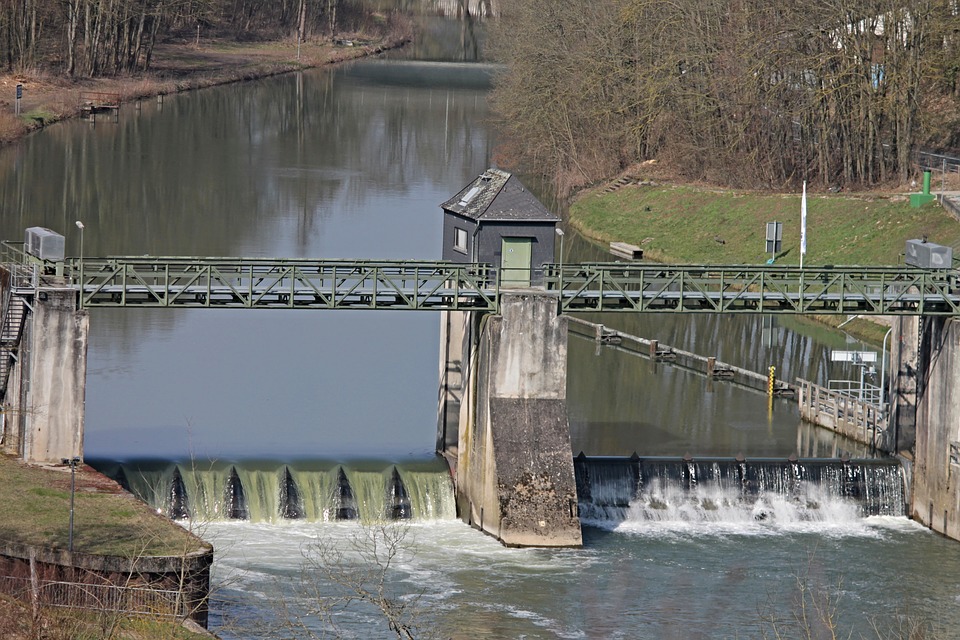
Dear @lawkay, please look into your styling this is not so great i think you started well then at the middle everything got mixed up. But you could edit it leave a space after #for headings
Some of your texts are small which i dont think you intended to do remove the code from them. Also your image reference is scattered in one place please fix it. So we can enjoy this article better. Thanks.
Thanks @adetola all corrections has been duly noted and carefully rectified.
Thanks once again
I've never really thought about how we get electricity in our homes, you just laid it on me simply and easy to understand.
Nice effort and post bro.
I've never really thought about how we get electricity in our homes, you just laid it on me simply and easy to understand.
Nice effort and post bro.
Thanks...
Its really good to know that you followed the post through
Dear friend, you do not appear to be following @wafrica. Follow @wafrica to get a valuable upvote on your quality post!
I have done the needful
Thanks so much
@lawkey, this is a decent attempt but you need to work more on your markdown styling.
Thanks @temitayo-pelumi
would most certainly add to my knowledge on styling and will effect noticable change in my next post
Quite a well thought and presented topic. I have always been focused on how Hydroelectricity is generated but not as in depth as the transmission and distribution.
Nice input sir. Do try to learn few more markdown styling or better still, html.
Welcome to the community.
Wow!!!
I must commend your great investments in this community, i understood solar technology better thanks to you.
I would keep improoving my styling skills to help serve this community better
You're always welcomed... Would be watching out.
Congratulations @lawkay! You have completed some achievement on Steemit and have been rewarded with new badge(s) :
Click on any badge to view your own Board of Honor on SteemitBoard.
To support your work, I also upvoted your post!
For more information about SteemitBoard, click here
If you no longer want to receive notifications, reply to this comment with the word
STOP